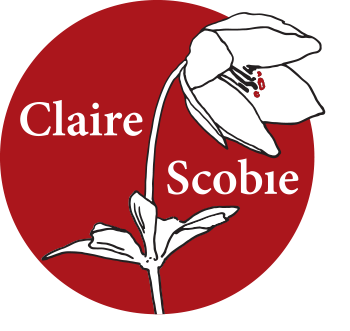23 Dec How to hook your reader from page one
 There’s nothing worse than staring at a black screen. Or thinking you have so many colourful options to begin your story that you don’t know which to choose. Here’s a few techniques to get started
There’s nothing worse than staring at a black screen. Or thinking you have so many colourful options to begin your story that you don’t know which to choose. Here’s a few techniques to get started
A travel article needs a compelling lead: to grab the reader’s attention.
In a travel news piece the lead is often no more than 25 – 30 words. It answers the five journalistic questions — who, what, where, when and why.
In a destination story there are more options. You need to decide which is the strongest element in your story: the place, narrative, character or theme.
- Narrative: based on story-telling techniques pulls the reader along.
- Descriptive: evokes the place you are writing about. But don’t let this be excessive.
- The dramatic plunge: lands the reader in the middle of things or in media res. Then you back-track to how you got there.
- Pivotal moment.
- A curious fact or anecdote or question.
- Evoke an emotion: make the first sentence mysterious.
- Start slowly, with more exposition—detailed description. This sets the scene and from there you go into the main story.
- Some writers say no story should start with a quote. I disagree—as long as the person talking is a key character in the story.
In a travel memoir, the first line should give a clear sense of what the book will be about.
A technique I do with participants at my travel memoir classes is to read the first lines of a few books.
Here’s three.
‘I wish Giovanni would kiss me.’ Eat, Pray, Love: One Woman’s Search for Everything by Elizabeth Gilbert.
‘January. The year began with lunch.’ A Year in Provence by Peter Mayle.
‘I arrived in the Alice at five a.m. with a dog, six dollars and a small suitcase full of inappropriate clothes.’ Tracks by Robyn Davdison.
Straight away you hear the writer’s voice. You know whether it will be serious or humorous.
A good first sentence will establish the tone of the story. It will often introduce the narrative thread or the strongest theme running through the book.
Of course you’re unlikely to get it first time. If it’s a longer piece, or a whole book, it will probably change. Often when you’ve done the whole story, you realise that the beginning actually starts in para (or chapter 3 or 4). You’ve got to be bold enough to cut the first two.
It’s normal to take a while to warm up.
When you start you think you need all this backstory. But you don’t. If the reader is curious, then they’ll want to find out more.
One piece of advice: don’t start a travel story at the airport. Or even on the plane. That comes later. Get us to the destination first!
Over to you, how do you begin your stories?
